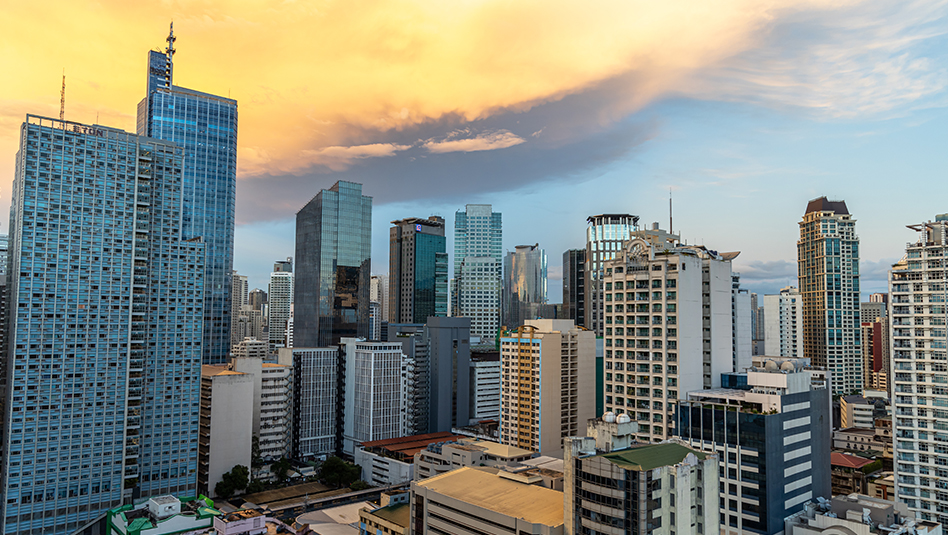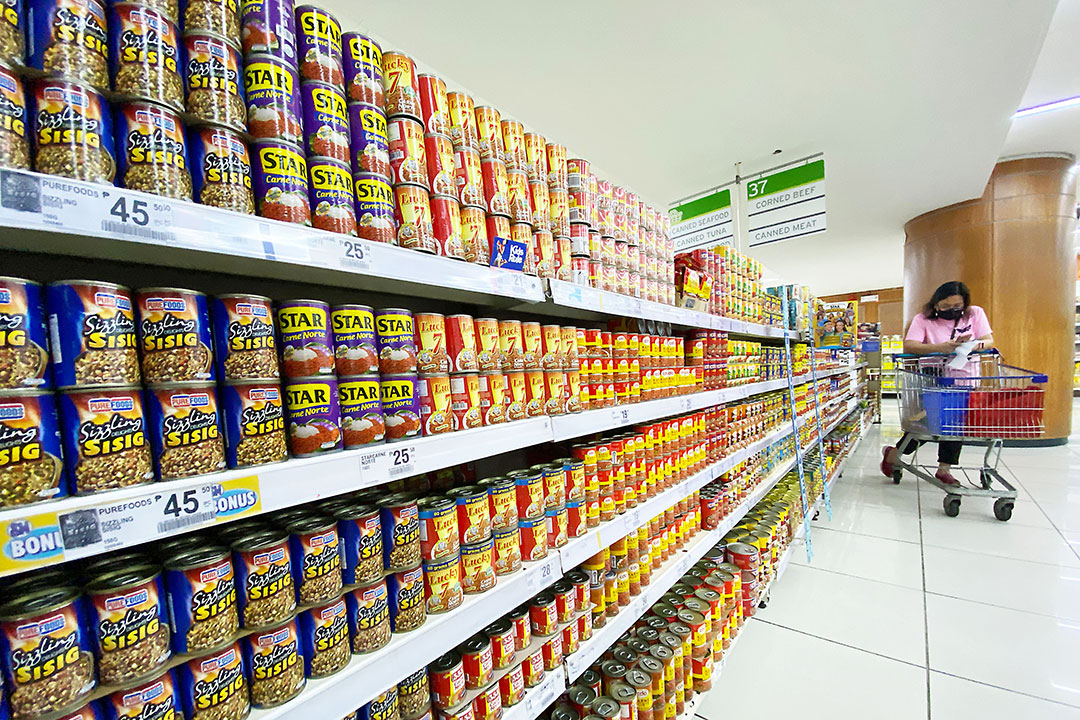




Policy rate views: Fed expected to do baby steps
 DOWNLOAD
DOWNLOAD

Inflation Update: Faster but full-year average within target
 DOWNLOAD
DOWNLOAD

Monthly Economic Update: Waiting on Jay Powell
 DOWNLOAD
DOWNLOAD


Inflation expectations decline slightly

Private sector economists’ inflation expectations have declined slightly, as they now expect average inflation to settle at the upper end of the Bangko Sentral ng Pilipinas’ (BSP) target band by next year.
Results from the BSP’s survey of external forecasters in November showed that the average inflation forecast of analysts for 2024 was slightly lowered to 4% from 4.1% previously. This is within the BSP’s 2-4% target band.
On the other hand, the mean inflation forecast for 2023 and 2025 was kept at 6.1% and 3.5%, respectively.
“Analysts expect inflation to remain elevated but gradually tread the path towards the target range, with risks to the inflation outlook still significantly skewed to the upside due mainly to supply-side shocks and second-round effects,” the BSP said in its Monetary Policy Report for November.
The BSP cited upside risks such as higher oil and food prices due to the impact of weather disturbances and geopolitical tensions, as well as elevated transport and utility costs.
In October, inflation eased to 4.9% from 6.1% in September, its slowest pace in three months. However, it still marked the 19th straight month that inflation breached the 2-4% central bank target band.
This brought average inflation in the first 10 months to 6.4%, still above the BSP’s 6% full-year forecast.
At its Nov. 16 policy meeting, the BSP raised its baseline inflation forecast to 6% in 2023 (from 5.8% in September) and to 3.7% in 2024 (from 3.5%), but cut its 2025 inflation estimate to 3.2% (from 3.4%).
“A few analysts cited the weaker-than-expected global economic growth, recent deceleration of global oil prices, and improvement in domestic food supply owing to non-monetary government interventions (e.g., food importation) as possible downside risks to the inflation outlook,” the BSP said.
The survey also showed that the majority of the analysts expect the BSP to maintain the policy rate at the current level until the first quarter of 2024.
The BSP kept its benchmark interest rate steady at a 16-year high of 6.5% at its policy meeting last week. Since it began its aggressive monetary tightening cycle in May 2022, the BSP has raised borrowing costs by a total of 450 basis points (bps).
“By end-2024, most analysts anticipate the BSP to reduce the key policy rate by a range of 50 bps to 200 bps and expect further easing of about 25 bps to 200 bps in 2025,” it added.
Targets
Meanwhile, the BSP said Philippine economic growth from this year to 2025 could miss the government’s targets.
“Projected gross domestic product (GDP) growth could settle below the Development Budget Coordination Committee’s target of 6-7% for 2023 and 6.5-8% for 2024 and 2025,” the central bank said.
“The estimated growth path reflects primarily the impact of subdued global economic conditions as well as the lagged impact of the policy rate adjustments,” it added.
However, the BSP noted that its full-year GDP forecasts from 2023 to 2025 were revised higher from the previous Monetary Policy Report due to the improved growth in the third quarter driven by accelerated government spending.
The Philippine economy grew by 5.9% in the third quarter, faster 4.3% in the second quarter but slower than 7.7% a year ago.
For the first nine months, economic growth averaged 5.5%, still below the government’s 6-7% full-year target. To reach the lower end of its goal, the economy would need to grow by 7.2% in the fourth quarter.
“This could be offset partly by the impact of higher real policy rate as well as the estimated impact on agriculture of El Niño weather conditions,” the BSP said.
The latest advisory from the state weather bureau showed that a moderate-to-strong El Niño is present in the tropical Pacific and is expected to continue until the second quarter of 2024. — By Luisa Maria Jacinta C. Jocson, Reporter
This article originally appeared on bworldonline.com





 By BusinessWorld
By BusinessWorld